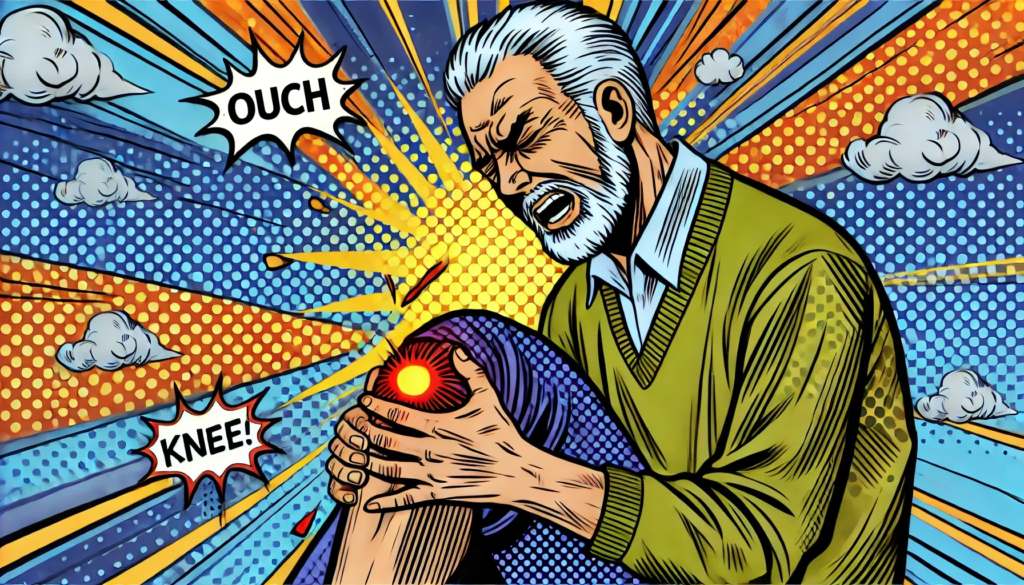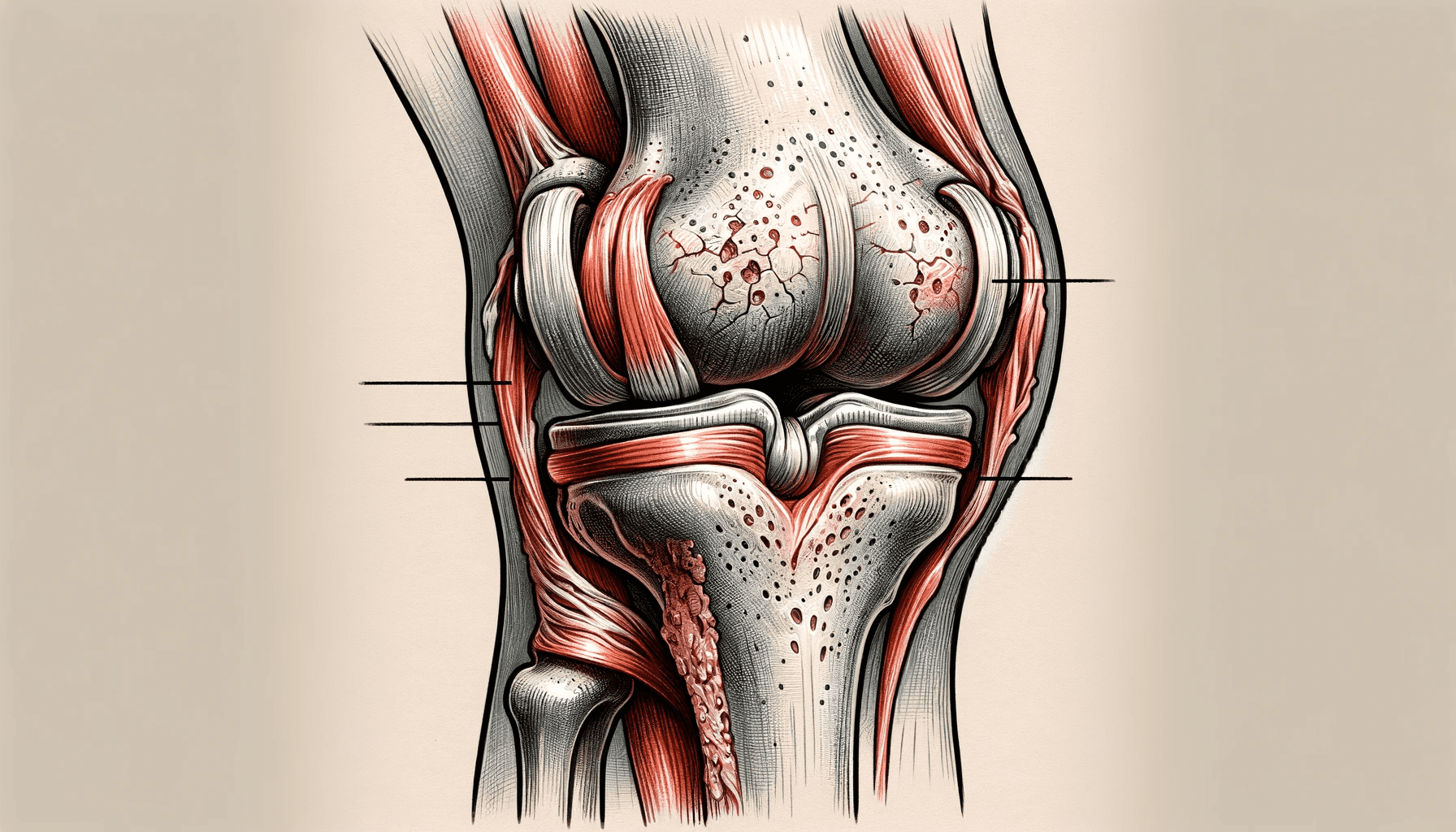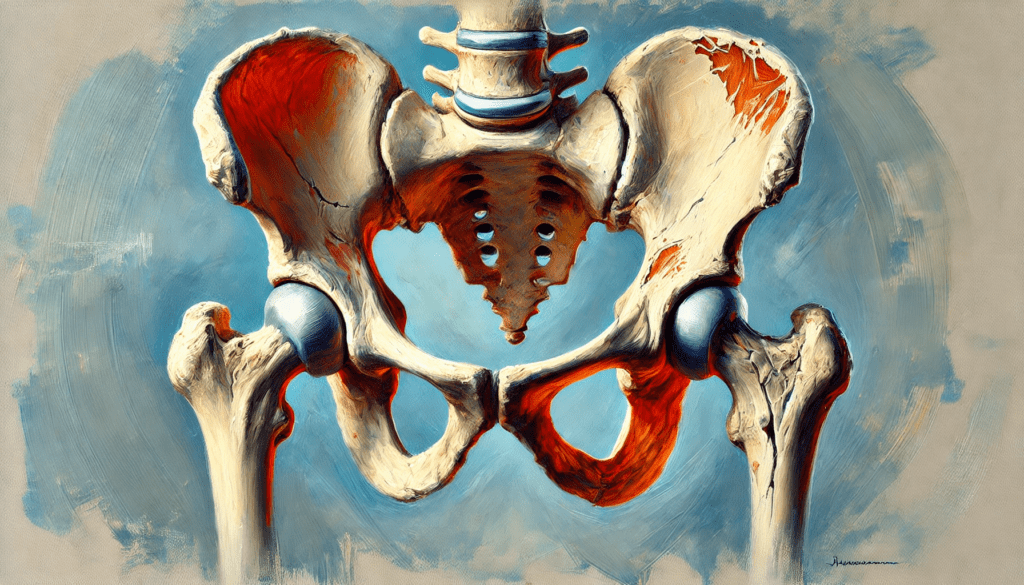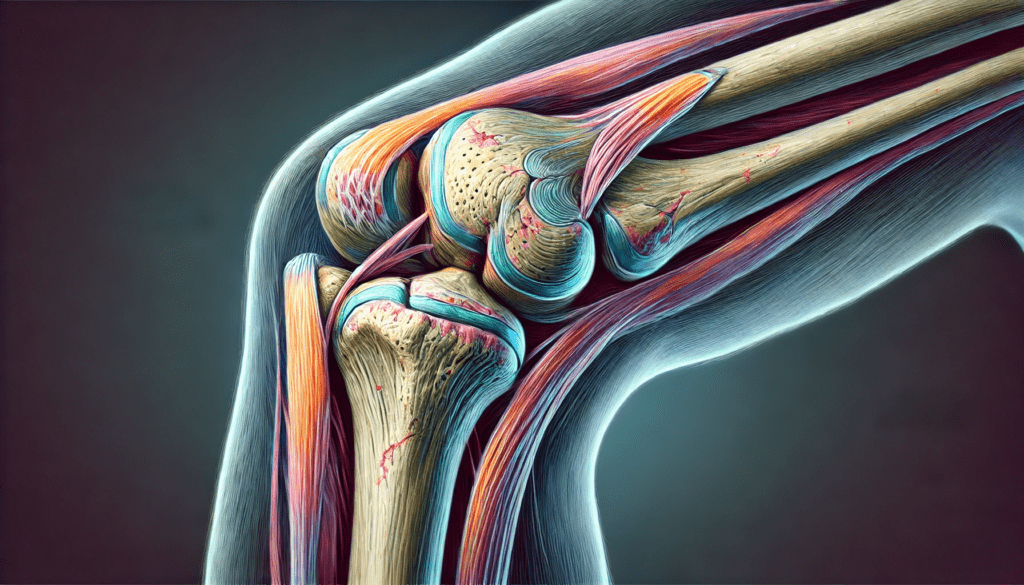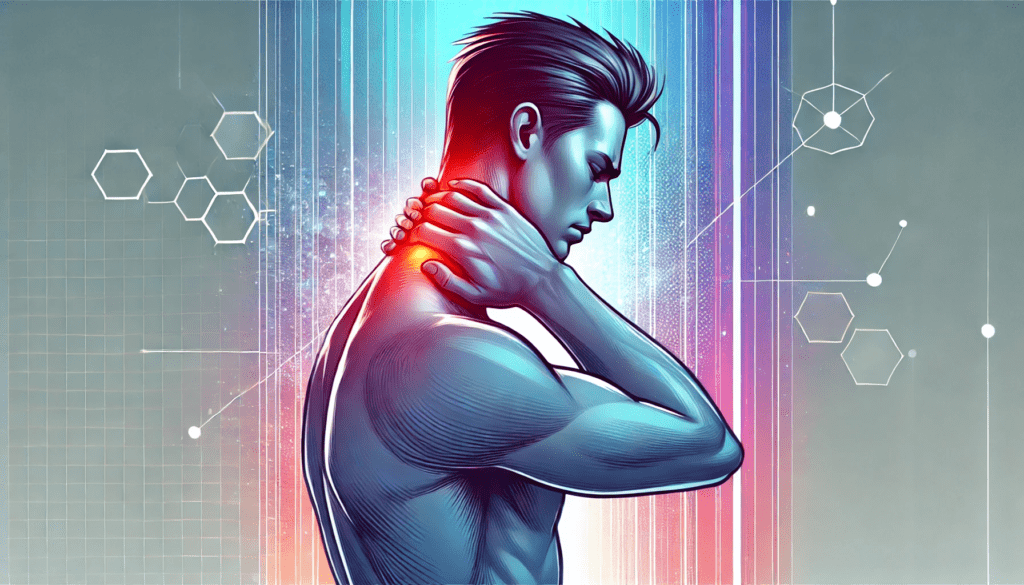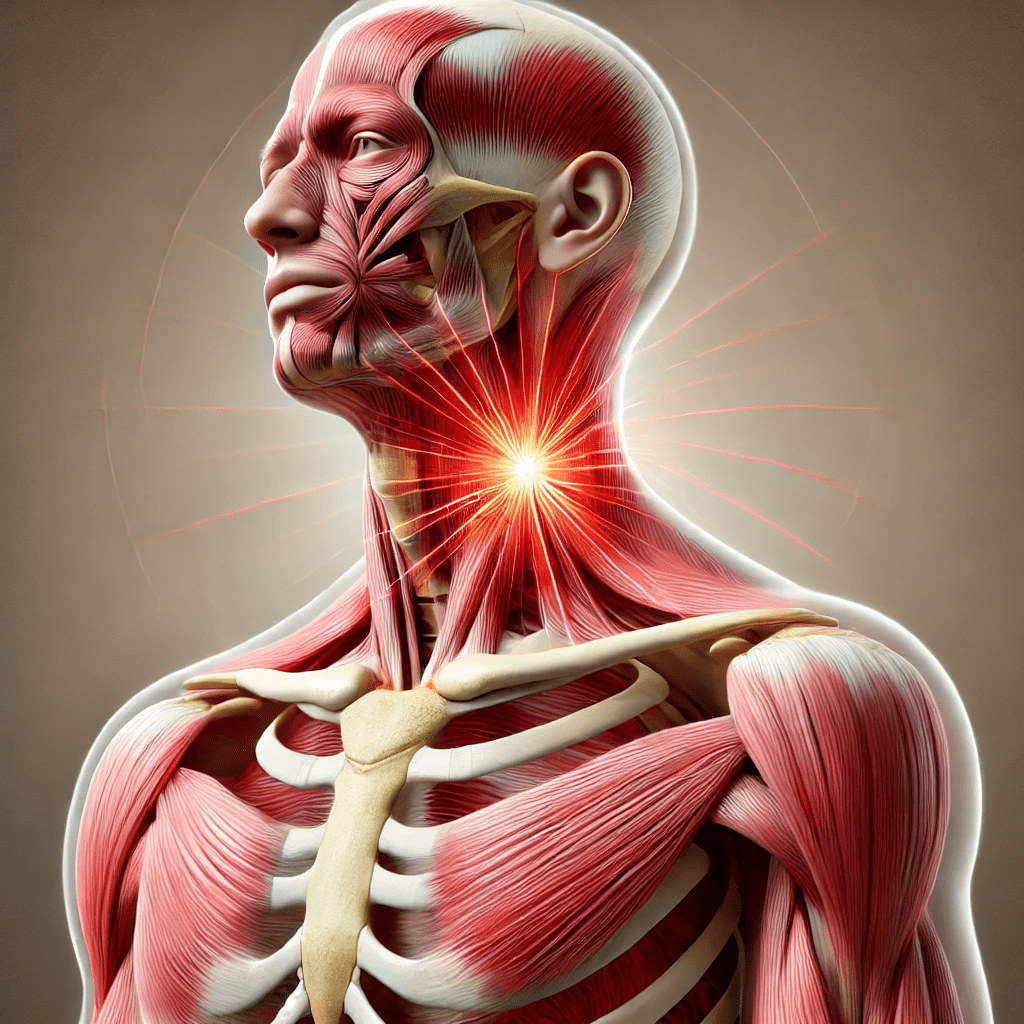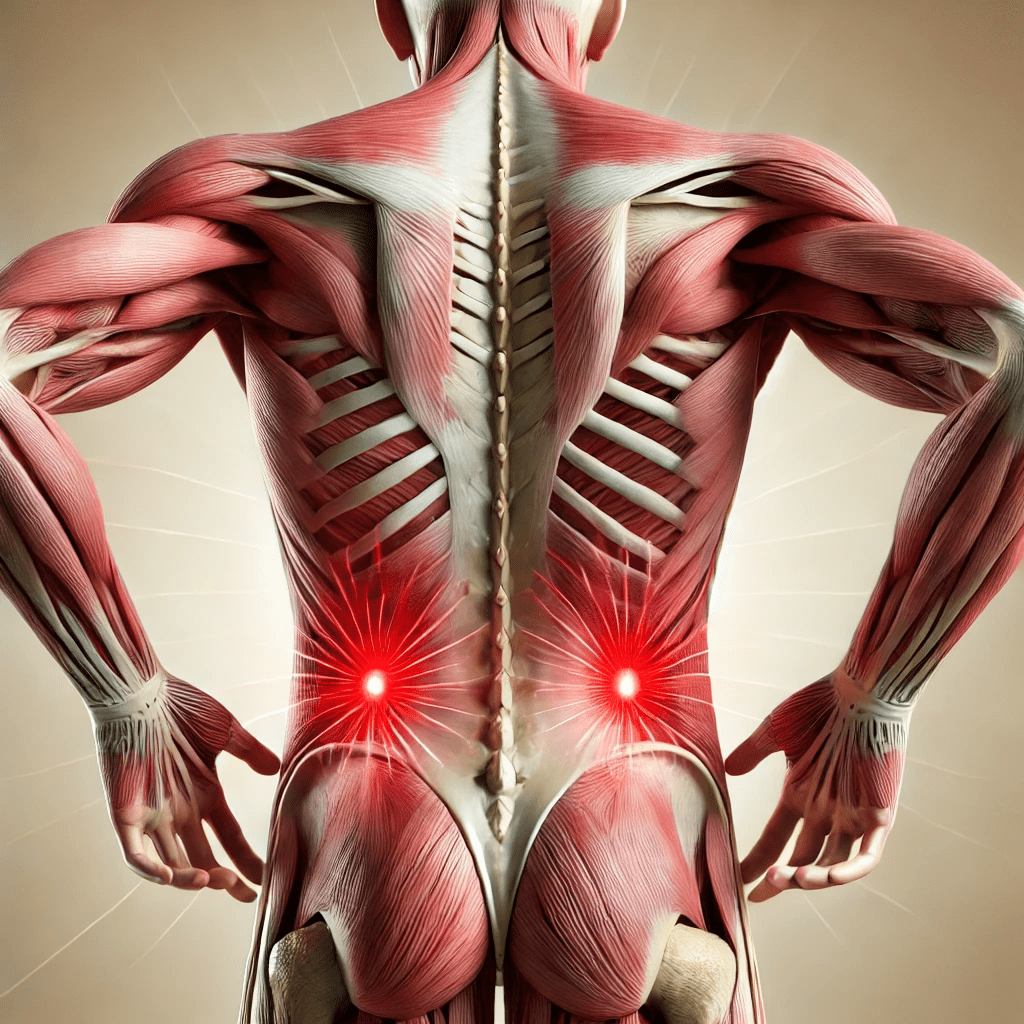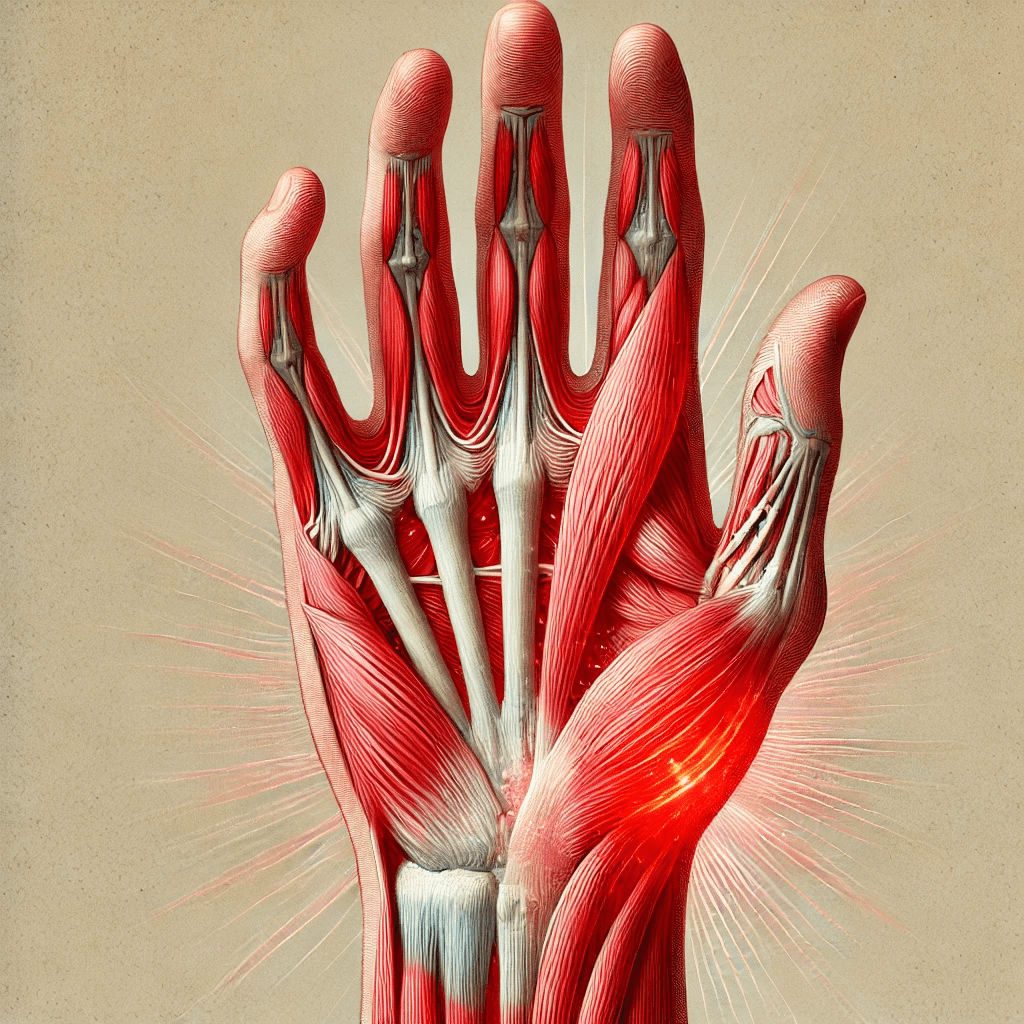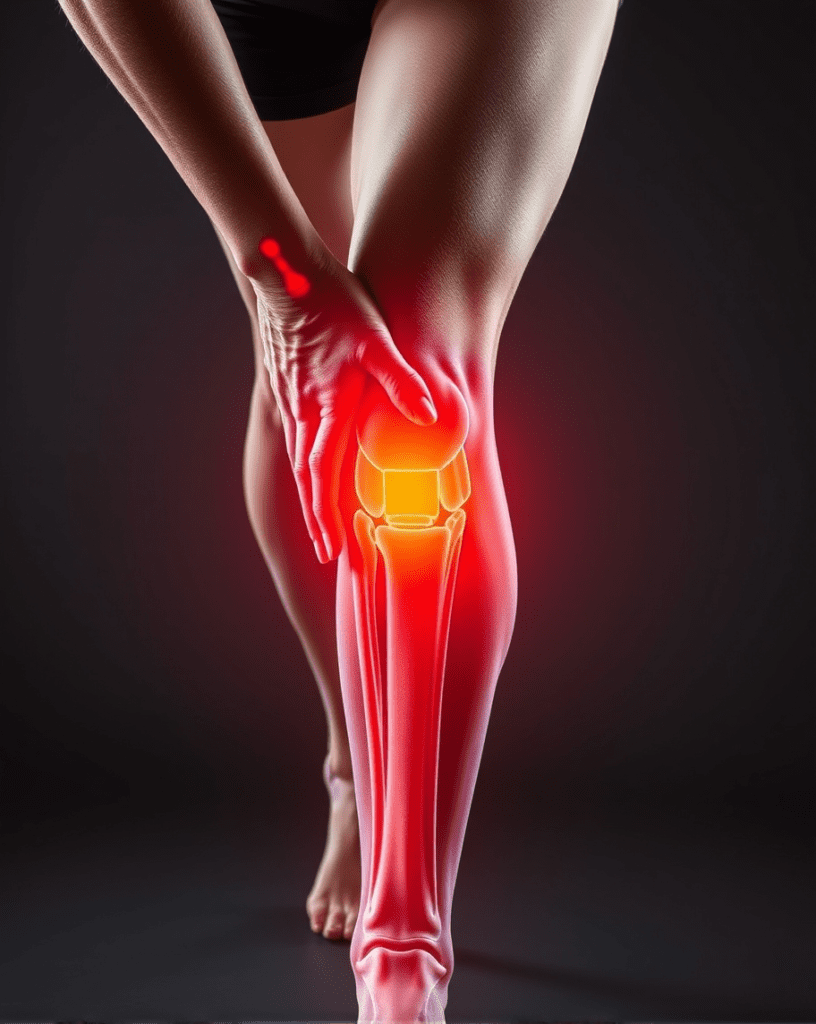Understanding Pain Relief Creams which are a popular and effective way to manage pain, especially for athletes or individuals dealing with everyday aches and pains. These creams offer a convenient solution by providing targeted relief for sore muscles, stiff joints, or minor injuries. By applying the cream directly to the affected area, you can experience quick relief without the need for oral medications that affect the entire body. Whether you’re recovering from a tough workout, treating an injury, or managing chronic pain, pain relief creams can be an essential part of your routine.
Understanding how pain relief creams work and how to use them properly can help you get the most out of them. These creams come in different types and contain a variety of active ingredients that help reduce pain and inflammation. In this guide, we’ll explore the different kinds of pain relief creams, their active ingredients, and how they work to ease discomfort. We’ll also address common myths about pain relief creams and provide tips on how to choose the best one for your needs. Learning the best practices for using pain relief creams will ensure you can stay active, comfortable, and pain-free.

Definition of Pain Relief Creams.
Pain relief creams are special lotions or gels you can apply directly to your skin to help reduce pain. These creams contain ingredients that target specific areas of discomfort, such as sore muscles or aching joints. When you rub the cream on, it helps soothe the pain by sending a cooling, warming, or numbing sensation to the affected area. Pain relief creams are a popular choice because they work fast and don’t require you to swallow any pills. They’re often used for common aches and pains related to exercise, minor injuries, or chronic conditions like arthritis.
These creams are easy to use and can be found in most stores. They come in different strengths and formulas, depending on the type of pain you’re dealing with. Some have menthol for a cooling effect, while others might contain capsaicin to help reduce pain over time. Whether it’s for a small muscle strain or an ongoing joint ache, pain relief creams can provide quick comfort and allow you to get back to your daily activities.
Common Applications of Pain Creams.
Pain relief creams are used in many situations to help people feel better. One common use is for muscle soreness after a workout or a tough physical activity. Athletes often apply these creams to ease their tired muscles so they can recover faster. Pain creams are also helpful for people with arthritis, a condition that causes joints to become painful and stiff. Applying the cream directly to the joints can help relieve discomfort and improve mobility. Even for simple injuries like sprains or bruises, pain relief creams can speed up recovery by reducing swelling and pain.
In addition to sports-related injuries, people also use these creams for everyday aches, such as back pain, neck stiffness, or leg cramps. Some creams are made specifically for nerve pain, which can feel like tingling or burning. The variety of uses makes pain relief creams a great go-to for quick, localized relief without the need for medication that affects the entire body.
Difference Between Topical and Oral Pain Relievers.
Topical pain relievers, like pain relief creams, are applied directly to the skin, targeting the exact area that hurts. They are absorbed through the skin and work fast to reduce pain and swelling in specific spots. Because they don’t go into the bloodstream as much as pills do, there are usually fewer side effects, making them safer for long-term use in some cases. You can apply them right where you need them, which makes them super convenient for sore muscles, joints, or other body parts.
Oral pain relievers, like pills or tablets, work by going through your digestive system and entering your bloodstream. They provide relief for the whole body, which is great for overall pain but not always necessary for smaller, more focused aches. Oral pain relievers can sometimes cause side effects, such as stomach upset or headaches, especially if used too often. Understanding the difference between these two options can help you choose the best pain relief method based on your needs.

Types of Pain Relief Creams.
Heat Rubs and Cooling Creams.
These creams are popular types of pain relief creams that work in different ways to ease discomfort. Heat rubs provide a warming sensation that helps relax tight muscles and improve blood flow to the injured area. This extra warmth can help loosen muscles and reduce stiffness, making it a good choice for muscle pain after physical activity or for conditions like arthritis. The warmth also has a soothing effect, which can make you feel better and reduce tension in the affected area.
On the other hand, cooling creams provide a cool, refreshing feeling that helps numb the pain and reduce swelling. These creams often contain ingredients like menthol, which can quickly cool the area and ease discomfort. Cooling creams are especially helpful for injuries like sprains, bruises, or sore muscles after exercise. The cold sensation also helps decrease inflammation, making it a great option when you’re looking for quick relief from pain and swelling.
Anti-inflammatory Ointments.
Anti-inflammatory ointments are pain relief creams designed to target inflammation, which is often the source of pain. These creams typically contain ingredients like NSAIDs (nonsteroidal anti-inflammatory drugs) or salicylates, which are known for their ability to reduce swelling and pain. Anti-inflammatory ointments are often used to treat joint pain, muscle strains, and conditions like tendonitis or arthritis. By reducing inflammation, these creams can help the injured area heal faster while providing relief from pain.
Unlike heat rubs or cooling creams, anti-inflammatory ointments work by targeting the underlying cause of pain rather than just providing surface-level relief. This makes them especially useful for people dealing with chronic conditions or long-lasting pain. When applied regularly as directed, anti-inflammatory ointments can help manage pain and improve mobility, allowing you to stay active and comfortable throughout the day.
Counterirritants.
Counterirritants are another type of pain relief cream that works by creating a mild irritation on the skin to distract the brain from the deeper pain. Ingredients like menthol, camphor, and eucalyptus are commonly found in these creams. When applied to the skin, they produce a cooling or warming sensation that helps take your mind off the pain in your muscles or joints. This distraction can make you feel better, even though it doesn’t directly treat the cause of the pain.
These creams are particularly helpful for quick relief from minor aches and pains, such as muscle soreness after a workout or mild joint pain. While counterirritants don’t treat the underlying problem, they are useful for providing temporary comfort and allowing you to continue your activities without being bothered by the pain. Just remember to follow the instructions on the label to avoid skin irritation or other side effects.
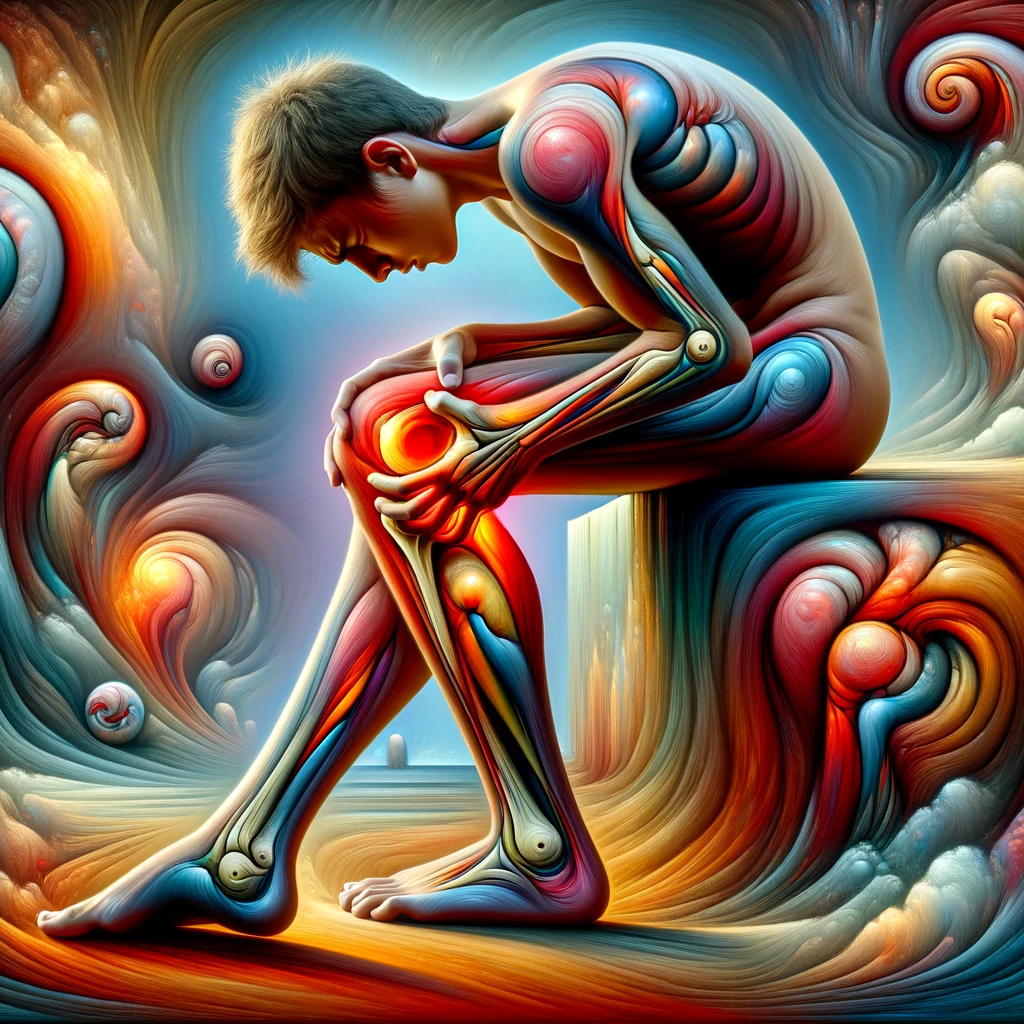
Understanding Pain Relief Creams: Active Ingredients in Pain Relief Creams.
Menthol: Cooling Sensation and Nerve Distraction.
Menthol is a common ingredient in many pain relief creams because of its cooling sensation that helps numb pain. When you apply menthol cream to your skin, it creates a cooling effect that soothes the area and distracts your brain from the pain. This makes it very effective for minor aches, muscle soreness, and sports injuries. Menthol works by stimulating cold receptors in the skin, which sends signals to your brain to focus on the cooling feeling instead of the discomfort.
Menthol is also great for reducing swelling and inflammation. The cool sensation can help calm down irritated muscles and joints, providing quick relief after physical activities like exercise or sports. This is why many athletes and active people choose menthol-based creams to soothe their bodies after workouts. The fast-acting and cooling properties make it an ideal solution for temporary pain relief.
Capsaicin: Heat and Substance P Reduction.
Capsaicin is another powerful ingredient found in some pain relief creams. It’s derived from chili peppers and creates a warm, tingling sensation when applied to the skin. Capsaicin works by reducing the amount of a chemical called Substance P, which is responsible for sending pain signals to your brain. By lowering Substance P, capsaicin helps block the pain signals, making you feel less discomfort over time. This is particularly useful for chronic pain conditions like arthritis or nerve pain.
Although the initial heat from capsaicin might feel intense, many people find that it provides lasting pain relief with regular use. The heat helps relax muscles and joints, making capsaicin creams a great option for those dealing with long-term pain or conditions like back pain, joint aches, and arthritis. Just be careful when applying capsaicin cream, as it can cause a burning sensation if it comes into contact with sensitive areas like your eyes.
NSAIDs and Salicylates: Reducing Inflammation.
NSAIDs (nonsteroidal anti-inflammatory drugs) and salicylates are powerful ingredients used in some pain relief creams to directly target inflammation. These creams are especially useful for people with joint pain, muscle strains, or arthritis, where swelling and inflammation are the primary causes of discomfort. NSAIDs and salicylates work by blocking certain chemicals in the body that cause inflammation, which in turn reduces pain and swelling at the injury site.
By using NSAID or salicylate-based creams, you can experience relief from deeper, more chronic pain, as these ingredients help treat the underlying cause of the pain rather than just masking it. This makes them a popular choice for long-term pain management, especially for people dealing with conditions like osteoarthritis, tendonitis, or severe muscle injuries. These creams are a safer alternative to oral NSAIDs for some people because they don’t have the same risks for stomach irritation.

Understanding Pain Relief Creams: How Pain Relief Creams Work.
The Mechanism of Counterirritants.
Counterirritants are special ingredients in pain relief creams that work by causing a mild irritation or sensation, like cooling or warming, on the skin. This sensation helps distract your brain from the pain in deeper tissues, like muscles or joints. Menthol and camphor are common counterirritants found in these creams. When you rub the cream on a sore spot, the cooling or warming feeling takes your mind off the actual pain, making it easier to move and feel better. It’s like tricking your body into focusing on something else.
The way counterirritants work is simple but effective, especially for minor aches and pains from sports injuries, muscle strains, or joint discomfort. By creating a different sensation on the skin, counterirritants help you feel better quickly, even though they aren’t treating the root cause of the pain. This is why many athletes and active individuals use creams with counterirritants after workouts or games to get fast, temporary relief.
Reducing Inflammation at the Source.
Inflammation is a major cause of pain, especially with injuries or chronic conditions like arthritis. Pain relief creams that contain anti-inflammatory ingredients, such as NSAIDs or salicylates, go beyond just masking the pain—they work by reducing the inflammation itself. Inflammation happens when your body reacts to an injury or irritation by swelling up and sending chemicals to the affected area. These creams help by blocking the chemicals that cause this inflammation, which reduces swelling and pain at the source.
By tackling the inflammation, these creams are particularly useful for more serious or long-term pain, like joint problems or tendonitis. Instead of just soothing the area for a short time, reducing inflammation helps the injury heal faster and allows you to stay active with less discomfort. This makes anti-inflammatory creams an important tool for people managing conditions like arthritis or chronic muscle strains.
Temporary Relief vs. Long-term Treatment.
Pain relief creams are great for offering quick, temporary relief from aches and pains. They work fast to reduce discomfort by targeting the affected area and providing sensations like cooling or warming. This is helpful when you need to relieve pain quickly, such as after a workout or when dealing with a sudden muscle strain. However, it’s important to know that while these creams provide short-term relief, they don’t always address the underlying issue causing the pain.
For long-term pain management, especially with chronic conditions like arthritis or severe injuries, you may need more than just a cream. While pain relief creams can be a helpful part of your overall treatment plan, they should be combined with other methods, such as physical therapy, medication, or lifestyle changes, to achieve better results. This balance between temporary relief and long-term treatment is key to managing pain effectively and staying active.
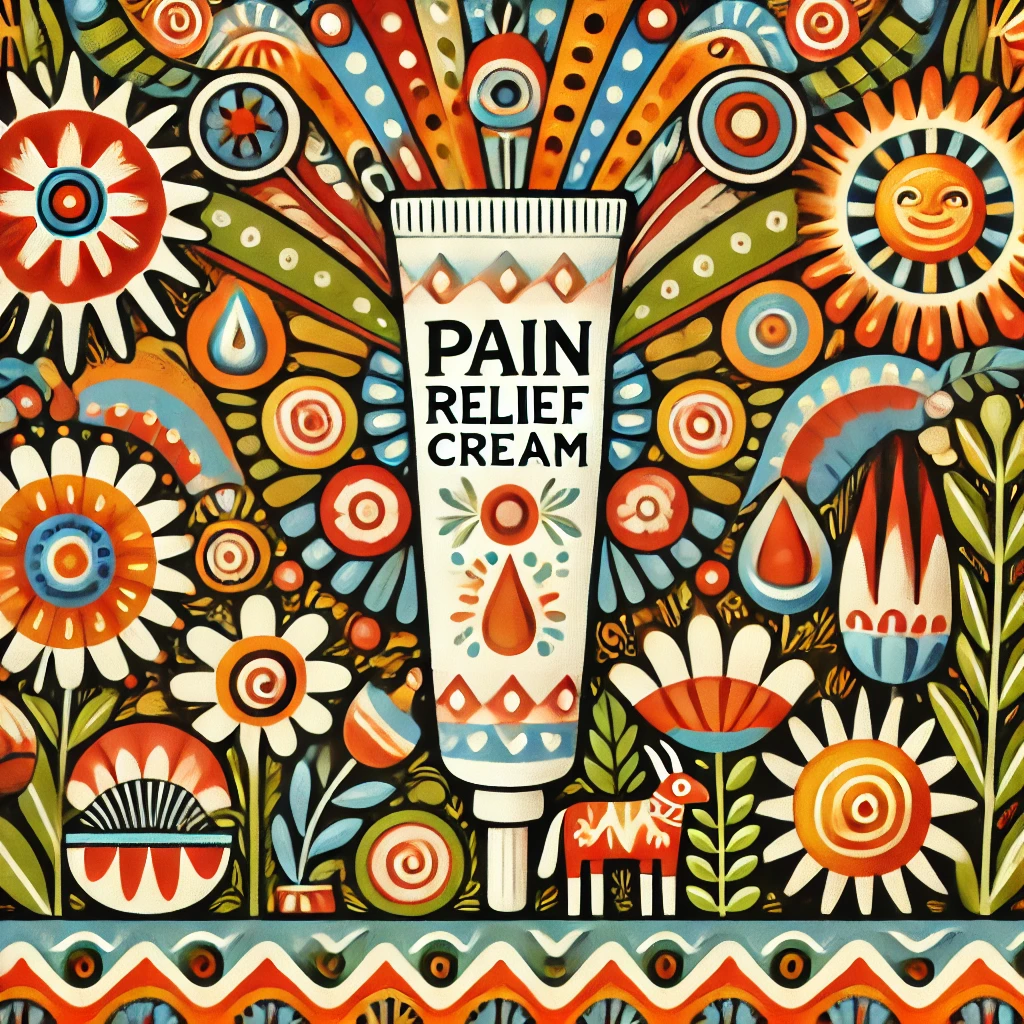
The Science Behind Topical Pain Relievers.
Research Supporting Menthol and Capsaicin.
Menthol and capsaicin are two of the most common ingredients in pain relief creams, and scientific studies have shown how effective they can be. Menthol works by creating a cooling sensation on the skin, which distracts your brain from feeling pain. Studies have found that menthol helps reduce pain in muscles and joints, making it a popular choice for athletes and people with minor injuries. Capsaicin, on the other hand, comes from chili peppers and works by reducing the amount of a chemical in the body called “Substance P,” which sends pain signals to the brain. Research shows that capsaicin is especially helpful for people with chronic pain, such as those with arthritis.
Both menthol and capsaicin have been studied to show how they help reduce pain without the need for oral medications. They are great for providing targeted, localized relief without affecting the whole body. These ingredients work quickly, offering relief within minutes of application, and can be used safely for many types of pain, from muscle strains to joint discomfort.
Clinical Trials on Effectiveness.
Clinical trials are studies done with real people to test how well certain treatments work, and many trials have shown that pain relief creams with menthol and capsaicin are effective. In these trials, people with muscle pain, joint pain, and even nerve pain used these creams, and researchers found that they experienced a significant reduction in pain. Capsaicin creams, in particular, have been shown to help people with chronic conditions like arthritis, where pain relief is needed over a longer period. Menthol creams are especially useful for faster, short-term relief after physical activity.
These trials help prove that these ingredients aren’t just giving a temporary distraction—they actually make a real difference in managing pain. The results show that these creams are not only safe to use but also effective for reducing pain quickly and for specific areas of the body. This makes them a good option for people who want to avoid taking oral pain medications, which can have more side effects.
Placebo Effect and User Expectations.
The placebo effect happens when a person feels better simply because they believe the treatment is helping, even if it’s not doing anything special. This can sometimes happen with pain relief creams. If someone expects a cream to work, they may feel less pain just because they believe it will help. Studies show that the placebo effect is a real part of pain management, but it doesn’t mean the cream isn’t working. In fact, many creams combine this psychological effect with real ingredients that reduce pain, such as menthol and capsaicin.
User expectations can play a big role in how well pain relief creams work. If someone knows that the cream they’re using has been proven to work in clinical trials, they may feel more confident in its effectiveness, leading to better pain relief. This combination of actual results and positive expectations makes pain relief creams a strong choice for managing everyday aches and pains. Understanding how both the science and the mind can work together helps people make the most of their pain relief options.

Common Myths About Pain Relief Creams.
Myth 1: Pain Creams Heal Underlying Conditions.
A common myth is that pain relief creams heal the underlying condition causing the pain. In reality, these creams only help reduce the pain and discomfort, but they don’t fix the root cause of the injury or problem. Pain relief creams work by soothing the painful area, allowing you to feel better temporarily while the body heals itself or until further treatment is needed.
For example, if you have arthritis, pain creams can ease the pain in your joints, but they won’t cure arthritis. It’s important to remember that these creams are part of managing pain, not a full treatment. You should always consult a doctor if your pain persists or worsens over time.
Myth 2: Creams Have Systemic Effects.
Another myth is that pain relief creams affect your entire body like oral medications do. The truth is, topical creams only work where you apply them. The active ingredients in the creams, such as menthol or capsaicin, stay in the area where they are applied, offering targeted relief. This makes them safer for people who want to avoid full-body side effects from pills.
Pain relief creams don’t enter your bloodstream in the same way as oral painkillers, so they won’t cause issues like stomach upset. This makes them a good option for people with sensitive stomachs or those who need to avoid certain medications.
Myth 3: All Pain Creams Are the Same.
Many people believe that all pain relief creams are the same, but this is not true. Different creams contain different active ingredients, each designed to target specific types of pain. For example, menthol provides a cooling effect, while capsaicin creates heat and reduces pain signals. Some creams are better for muscle pain, while others are designed for joint discomfort or nerve pain.
It’s important to read labels and understand what each cream is best for before choosing one. Consulting a healthcare professional can also help ensure you select the right cream for your specific needs.

What Pain Relief Creams Can and Can’t Do.
Temporary Relief vs. Healing.
Pain relief creams offer quick relief but don’t fix the root cause of pain. They reduce discomfort by numbing the area or reducing inflammation temporarily. However, they don’t repair injured muscles or damaged tissues. This means creams are helpful while your body heals, but they aren’t a cure. Using pain relief creams can make you feel better, but long-term healing requires other treatments or rest.
While pain relief creams ease discomfort, they don’t address deeper issues like bone fractures or torn ligaments. These problems need proper medical care for healing. Pain creams are a good option when you need fast relief. Remember, they work best when used alongside other treatments for a full recovery. Always use them as a short-term aid, not a long-term solution.
Localized Effects of Creams.
Pain relief creams work right where you put them. This makes them perfect for targeting specific sore spots like muscles or joints. By focusing on the painful area, the cream acts fast without affecting the rest of your body. Unlike pills, which circulate throughout your system, creams limit side effects. For example, a cream can help ease knee pain without upsetting your stomach like some oral medications can.
Localized effects make pain relief creams a favorite for athletes and people with chronic pain. They’re easy to apply and work quickly, providing relief right where it’s needed most. You don’t have to wait for the entire body to feel better. Just apply the cream and feel relief in the specific area that hurts. This makes them a handy option for managing pain on the go.
Role in Pain Management Plans.
Pain relief creams are an important tool in managing short-term pain. They can be used alongside other treatments like physical therapy, stretching, or exercises. By combining these methods, you get more complete relief from pain. This reduces your need for strong medications that might have side effects. Adding creams to your plan can make recovery easier and more comfortable.
In pain management, it’s important to use multiple approaches. Creams provide immediate relief, while other treatments help with long-term healing. For example, using a pain relief cream before therapy can make movement less painful. This allows you to stick with your recovery routine. Pain relief creams are a helpful part of a bigger pain management strategy that improves your overall well-being.

How to Choose the Right Pain Relief Cream,
Evaluating the Type of Pain.
Understanding the type of pain you’re dealing with is crucial for selecting the right pain relief cream. Muscle pain requires different ingredients than joint pain or nerve discomfort. Some creams are best for quick relief, while others work better for ongoing pain management. Always match the cream to the type of pain for the best results. Using the wrong cream might not provide the relief you need.
Pain can be mild, moderate, or severe, and each level needs a different approach. For mild discomfort, a lighter cream might be enough. However, for severe pain, you may need a stronger product with more active ingredients. Knowing your pain helps you choose the right cream quickly. This ensures you get the most effective relief.
Checking for Skin Sensitivities.
Before using a new pain relief cream, it’s important to check for skin sensitivities. Some creams contain ingredients like menthol or capsaicin, which can irritate sensitive skin. Testing the cream on a small area helps avoid larger reactions. If your skin gets red or itchy, it’s better to find a gentler formula. Using the wrong cream can worsen the problem.
People with sensitive skin should always look for creams labeled “hypoallergenic” or “for sensitive skin.” These products are formulated to be gentle but still effective. Applying a small amount first reduces the risk of irritation. If no reaction occurs, it’s likely safe to use on larger areas. This way, you can safely enjoy pain relief without discomfort.
Comparing Ingredients and Formulas.
Different pain relief creams have various active ingredients that target different types of pain. Menthol provides cooling relief, while capsaicin produces warmth that soothes sore muscles. Some creams contain anti-inflammatory ingredients like NSAIDs or salicylates, which reduce swelling. Always compare the ingredients to match them with your specific pain type. This ensures you get the most targeted relief.
In addition to active ingredients, the texture and formula of the cream matter too. Some are greasy, while others absorb quickly into the skin. Roll-ons, gels, and creams each have their own benefits. Comparing these options helps you choose the best product for your lifestyle and comfort. Selecting the right formula makes using the cream more effective and convenient.
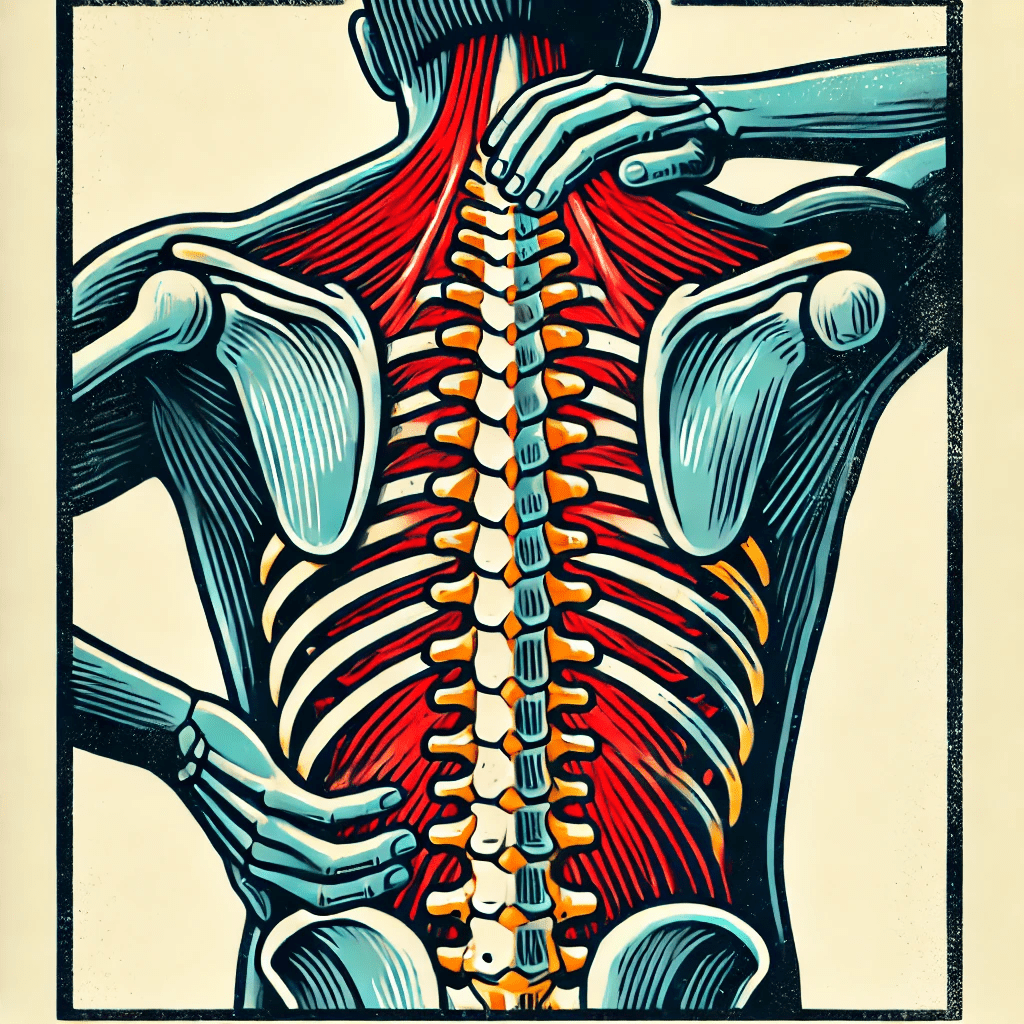
Proper Application and Usage.
Reading Instructions and Dosage Guidelines,
It’s important to carefully read the instructions on your pain relief cream. These guidelines tell you how much to apply and how often. Following the directions ensures you’re using the right amount for effective relief. Using too much can cause irritation, while too little may not work. Always stick to the recommended dosage for safe and effective pain relief.
Different creams have different application methods, like rubbing or massaging the cream in. Some creams may also require washing your hands after use. Reading instructions helps you know exactly how to apply the cream. This ensures the best possible result and avoids any unnecessary mistakes. Proper use leads to faster and more effective pain relief.
Frequency of Use for Best Results.
Pain relief creams need to be used the right number of times per day. Some creams are designed for use every few hours, while others are used once or twice daily. Using the cream too often can lead to skin irritation or other side effects. Follow the frequency guidelines for the best results and to avoid overuse. Using the cream as directed gives consistent relief without causing additional problems.
It’s also helpful to keep track of when you apply the cream. This can prevent overuse and ensure you get the full benefit of each application. Applying it at regular intervals keeps pain under control throughout the day. Consistency is key to managing pain effectively. Stick to the recommended schedule for long-lasting relief.
Avoiding Skin Irritation or Side Effects.
Some pain relief creams can cause irritation, especially if used too often or on broken skin. To avoid skin irritation, follow the guidelines for both amount and frequency of use. Always test the cream on a small patch of skin before applying it to larger areas. This simple step helps prevent allergic reactions or rashes.
Certain ingredients, like menthol or capsaicin, can cause burning or tingling sensations. If these sensations become too intense, stop using the cream and consult a doctor. Avoiding contact with sensitive areas, like your eyes or mouth, is also important. Washing your hands after applying the cream can prevent accidental contact. Taking these precautions helps you use pain relief creams safely.

When to Seek Professional Help.
Persistent or Severe Pain: When Creams Aren’t Enough.
Pain relief creams are helpful, but they may not be enough for severe pain. If pain continues despite using the cream, it might need more attention. Pain lasting for weeks or becoming worse should be checked by a doctor. Chronic pain can sometimes indicate a more serious issue that creams alone can’t fix. When creams don’t help, it’s important to explore other treatment options.
For stronger, more persistent pain, a deeper solution may be necessary. Over-the-counter creams are designed for mild to moderate pain. Severe pain often requires stronger medication or therapy. Don’t ignore serious pain or rely only on creams if the issue worsens. Getting proper treatment early can prevent long-term damage or complications.
Consulting a Healthcare Provider.
Talking to a healthcare provider is crucial when pain relief creams don’t seem to help. Doctors can assess your pain and suggest stronger treatments. They can prescribe medications that target pain more effectively than creams. Discussing your symptoms with a doctor can help find the best solution. Sometimes a professional opinion is needed to avoid making the pain worse.
Your healthcare provider can also guide you on how to use the creams safely. They can check for any potential interactions with other medications. If you’re unsure about what cream to use, a doctor’s advice can prevent mistakes. Always seek professional help if the pain becomes unmanageable. Proper guidance ensures safe and effective pain management.
Complementing Creams with Physical Therapy or Medication.
Pain relief creams work well when combined with other treatments like physical therapy. Stretching and exercises can improve healing and reduce pain. Creams help manage immediate discomfort, while therapy works on the long-term cause. Combining these methods can give faster and more effective pain relief. For some, medication alongside creams may provide even better results.
Your doctor may suggest physical therapy as part of a larger treatment plan. Medication can target deeper pain that creams can’t reach. Working with a therapist and using the cream can speed up recovery. This combined approach can be much more effective than using just one method. Addressing pain from multiple angles ensures better results.

Integrating Pain Relief Creams into a Holistic Approach.
Lifestyle Modifications: Exercise and Ergonomics.
Regular exercise can help reduce pain and improve overall health. Light exercises, like walking or stretching, can strengthen muscles and ease joint pain. Pairing exercise with proper ergonomics can prevent injuries. Using supportive furniture and adjusting your workspace can make daily tasks easier. Combined with pain relief creams, these lifestyle changes can manage discomfort better.
Adopting good habits can keep pain from getting worse. For example, standing and sitting with proper posture protects your back and joints. Daily movement keeps your body flexible and strong. Pain relief creams can offer immediate help, while exercise and ergonomics provide long-term support. Together, they form a balanced pain management strategy.
Complementary Therapies: Acupuncture and Massage.
Acupuncture is a therapy where small needles are used to target pain points. It’s known to improve pain by promoting relaxation and increasing blood flow. Massage can also help by reducing muscle tension and improving flexibility. These therapies work well with pain relief creams for quick relief. They provide deeper, lasting results, especially for muscle and joint pain.
Complementary therapies offer a natural approach to pain management. Many people find relief from acupuncture and massage when used regularly. Pain relief creams can boost the benefits of these therapies, helping you feel better faster. Using these methods together helps target pain from multiple angles. This combined approach may offer more effective results than using one method alone.
Combining Pain Creams with Other Treatment Methods.
Pain relief creams are effective on their own, but work even better when combined with other treatments. Physical therapy, medications, or exercises can target pain from different angles. Creams provide immediate relief, while other methods address deeper issues. For example, using a cream after physical therapy can speed up recovery.
Combining treatments can make your pain management plan more complete. Pain relief creams are a great starting point, but additional therapies can enhance results. By using multiple treatments together, you can achieve longer-lasting relief. This approach is especially helpful for chronic pain or stubborn injuries. A balanced plan using various methods can help you manage pain more effectively.

Conclusion.
In conclusion, pain relief creams are a valuable and convenient tool for managing various types of pain, whether you’re an athlete recovering from a workout or someone dealing with everyday aches and pains. These creams provide targeted relief, helping to ease discomfort quickly without the need for oral medications. By understanding how pain relief creams work and choosing the right product based on your specific needs, you can effectively incorporate them into your pain management routine. They can offer immediate relief and allow you to stay active and comfortable.
However, while pain relief creams are excellent for short-term relief, it’s essential to recognize their role in a broader treatment plan. For chronic or severe pain, combining creams with other methods, such as physical therapy or medical advice, can provide a more comprehensive solution. Always consult with a healthcare professional if the pain persists or worsens, ensuring you’re addressing the root cause of the issue. With the right approach, pain relief creams can be an integral part of keeping you pain-free and active.
Posts Page.
No Youchie YouTube Channel.




